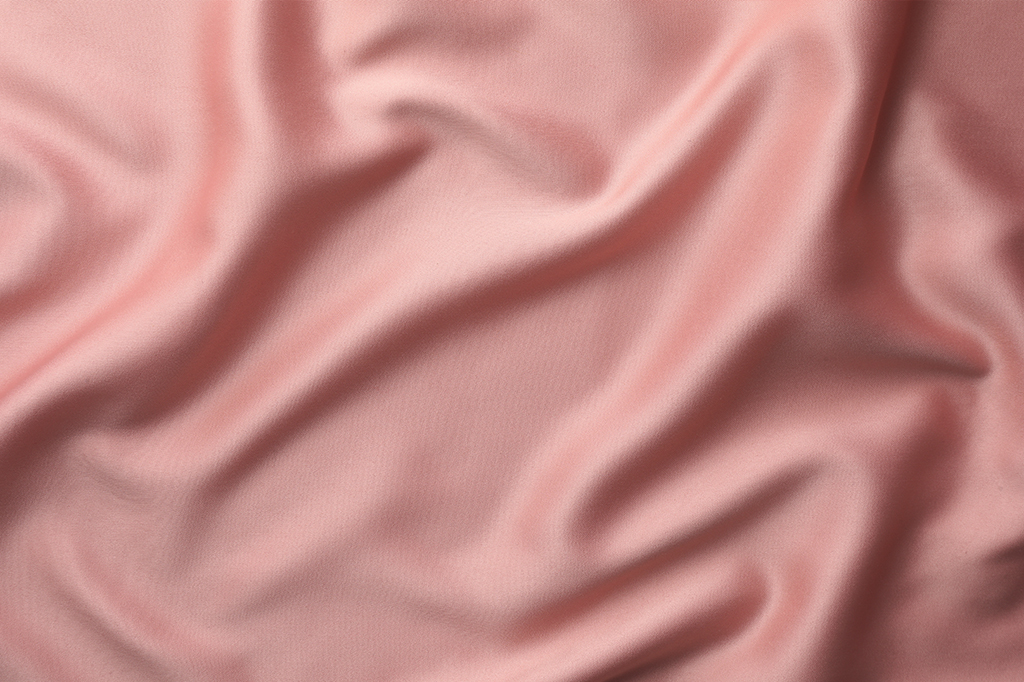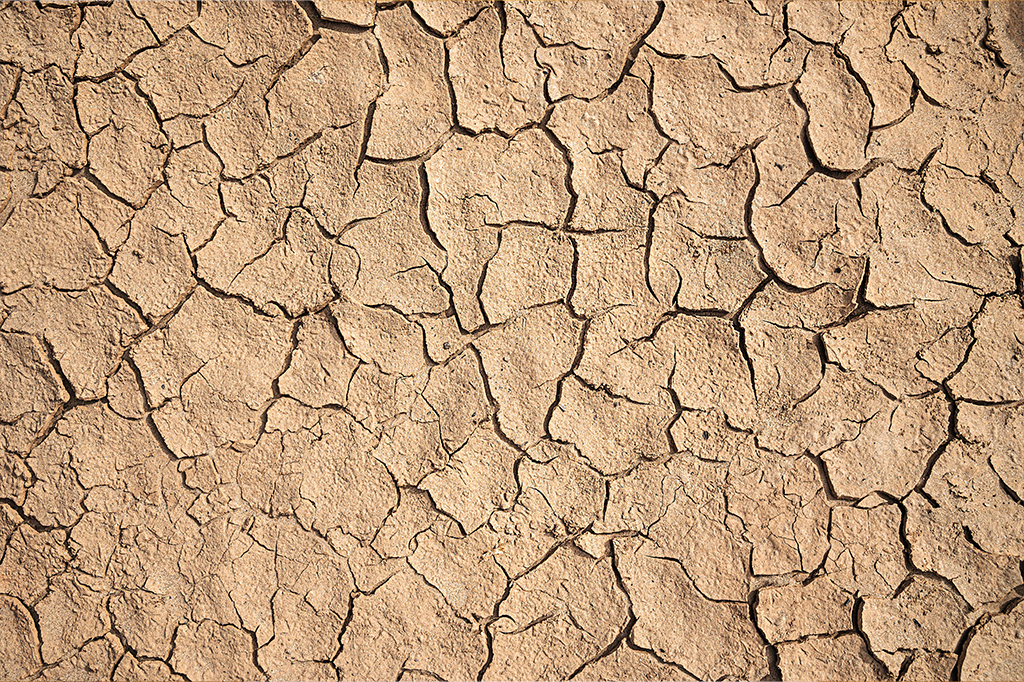If we want to define menopause from a medical point of view, it would be the exact moment when a woman has not experienced menstruation for twelve months, thus ending the reproductive phase of her life.
However, menopause is a process that goes far beyond that time, as, with the reduction of ovarian activity, women can start experiencing symptoms several years earlier, during the stage known as perimenopause, and continue to experience them years later.
Throughout this period, the drop in hormone levels, especially oestrogen levels, can cause a wide variety of symptoms and, of course, has a significant impact on the skin and the appearance of wrinkles. Fortunately, there are more and more professional aesthetic treatments focused on improving the skin’s condition and the appearance of wrinkles caused by menopause.
Causes of the appearance of wrinkles during menopause
Menopause causes many changes in the skin, as the body begins to produce less collagen, elastin and hyaluronic acid, in addition to changing the composition of facial sebum, which translates into a loss of volume and hydration of the skin. In fact, it is estimated that, after menopause, a woman’s collagen production can be reduced by 30% after five years.
The link between hormonal levels and skin is really important, and changes experienced during the years of perimenopause and menopause leave their mark on the face and other areas of the body, such as the hands and neck.
Main symptoms

Appearance of more wrinkles
The skin ageing process rapidly speeds up with the drop in collagen production, which is associated with the appearance of typical wrinkles at this stage, such as the famous “crow's feet” or the so-called “barcode” on the upper lip.

Skin dryness
Lack of oestrogen also causes a reduction in the production of hyaluronic acid and natural oils, which are essential for keeping the skin hydrated and elastic. This causes the skin to lose its ability to retain water, so taking care of hydration with suitable cosmetic products during menopause becomes more important than ever.

Hypersensitivity in the skin
With skin dryness, hypersensitivity or irritation may occur. The appearance of redness, itching and flaking, and even conditions such as rosacea, is another typical symptom of menopause that should be given due attention.
Treatments for wrinkles
Radiofrequency
Radiofrequency
Radiofrequency has been referred to for many years as a medical-cosmetic technique that redefines facial features, enhances shape and corrects...
Read moreMesotherapy
Mesotherapy
Mesotherapy has been referred to for several years as one of the most effective medical-cosmetic techniques for the treatment of...
Read moreHyaluronic acid filler
Hyaluronic acid filler
Over time, the skin undergoes a series of changes, including the appearance of expression lines, furrows, wrinkles, flaccidity and volume...
Read moreTopical treatments
Topical treatments
Over time, a series of changes occur in both the skin and body; such as loss of hydration and radiance,...
Read moreChemical pee
Chemical pee
Skin renews itself every 28 days. However, over time, this process slows down. To rejuvenate their face, many people opt...
Read moreMicroneedling
Microneedling
Microneedling has been referred to for several years as one of the most effective minimally invasive techniques for treating cosmetic...
Read moreFAQs
Is it possible to improve the appearance of wrinkles during menopause?
The best way to combat wrinkles during menopause is to take care of hydration as much as possible, which we can do by drinking enough water and incorporating facial care products with the appropriate moisturisers to help us recover the lost succulence. It is also possible to directly attack the appearance of wrinkles using creams and serums that provide retinoids, hyaluronic acid, peptides and antioxidants.
We must also pay attention to how we take care of our skin and, in general, our body: increase healthy living habits and reduce harmful habits (get enough sleep, quit smoking, follow a good diet, protect skin from radiation and the effects of pollution).
However, it should always be noted that some cosmetic compounds, especially retinoids and exfoliating acids, increase skin sensitivity to the sun, so it is vital to use a broad-spectrum sunscreen with a high SPF during the day.
Is it possible to increase the production of collagen in the skin during menopause?
Yes, it is possible, and the best way to do so is to undergo professional treatments with techniques such as radiofrequency and microneedling, which help repair deeper layers of the skin by crossing the skin barrier In addition, the stimulating action of these treatments fosters the production of collagen, elastin and growth factors due to the skin’s self-repairing response to heat and micro-perforations caused by needles.
Another way to increase collagen production from the inside is to incorporate products rich in proteins and amino acids, such as meat, fish and pulses, as well as fruit and vegetables rich in vitamin C, to promote the production of natural collagen in our body. In this regard, the use of hydrolysed collagen supplements, with the peptides that they provide, also appears to be producing good results.
Is there any special precaution that I should take if I undergo some aesthetic treatment during menopause?
It is very important that professionals who are going to carry out the treatment know your medical history, including any health problems, as well as whether you are undergoing any kind of hormone therapy for menopause. This will ensure the best results and the safety of any procedure according to your specific needs.

